

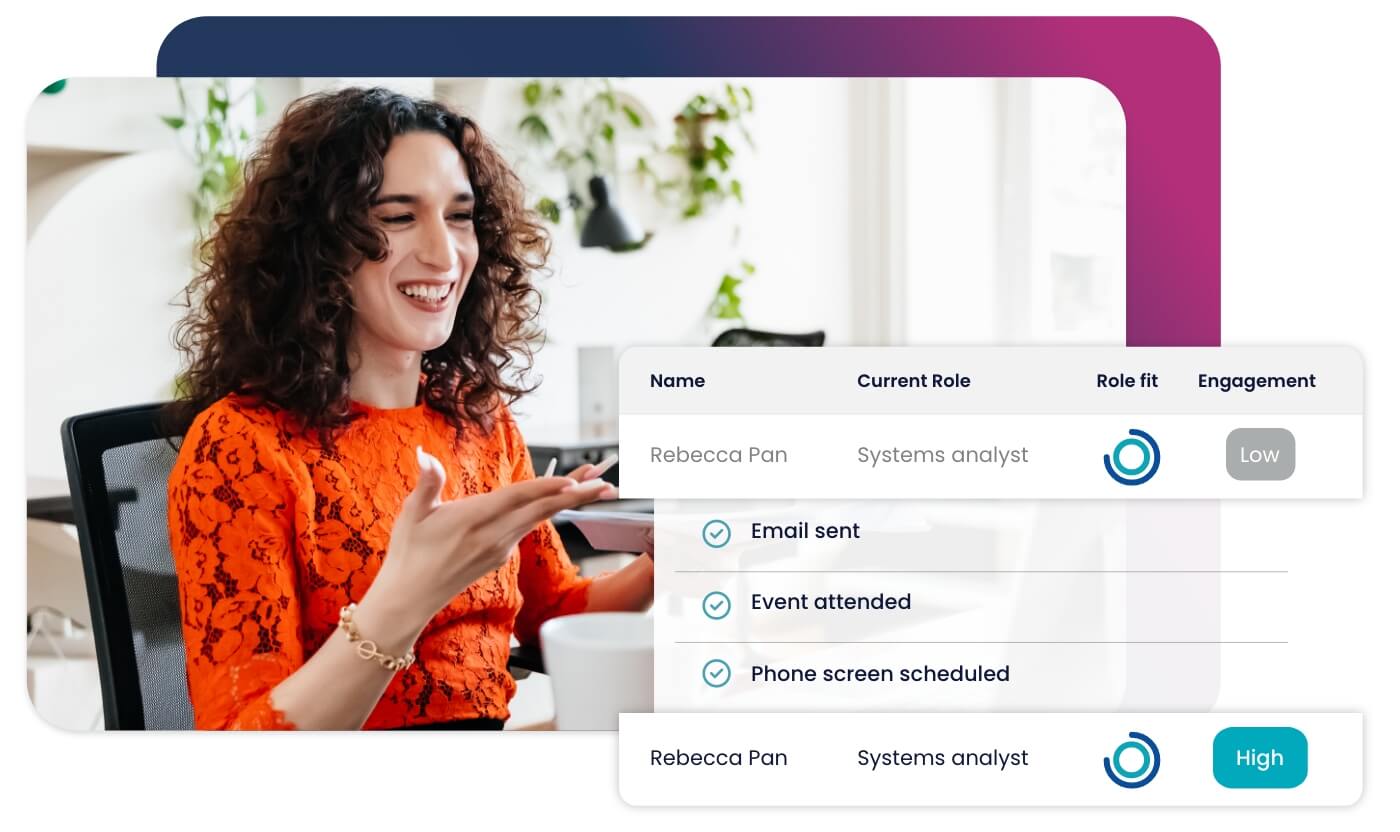



Accelerate hiring key talent to deliver care and exceed patient satisfaction.

Attract skilled candidates, speed up hiring and grow expertise in your workforce.

Simplify recruiting finance and banking talent with a platform for hard-to-fill roles.


Build a talent pipeline that engages and drives your business forward.


See how diverse and global enterprises use iCIMS to employ millions, drive innovation and connect communities worldwide.

Learn how a beloved restaurant hires 40,000+ annually with a great candidate experience.
Uncover unique market insights, explore best practices and gain access to talent experts across our library of content.


View press releases, media coverage, the latest hiring data and see what analysts are saying about iCIMS.

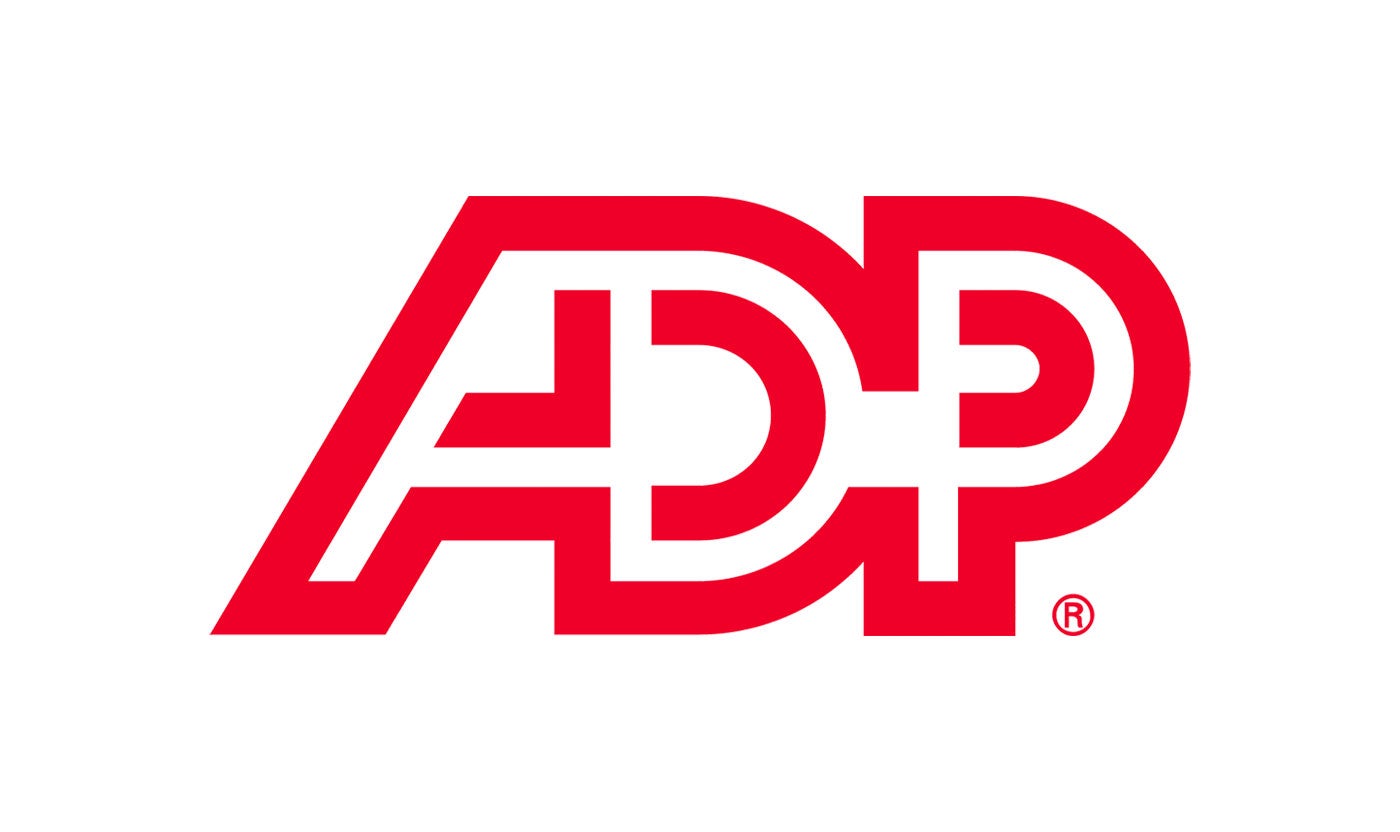
Streamline your tech stack and take advantage of a better user experience and stronger data governance with ADP and iCIMS.
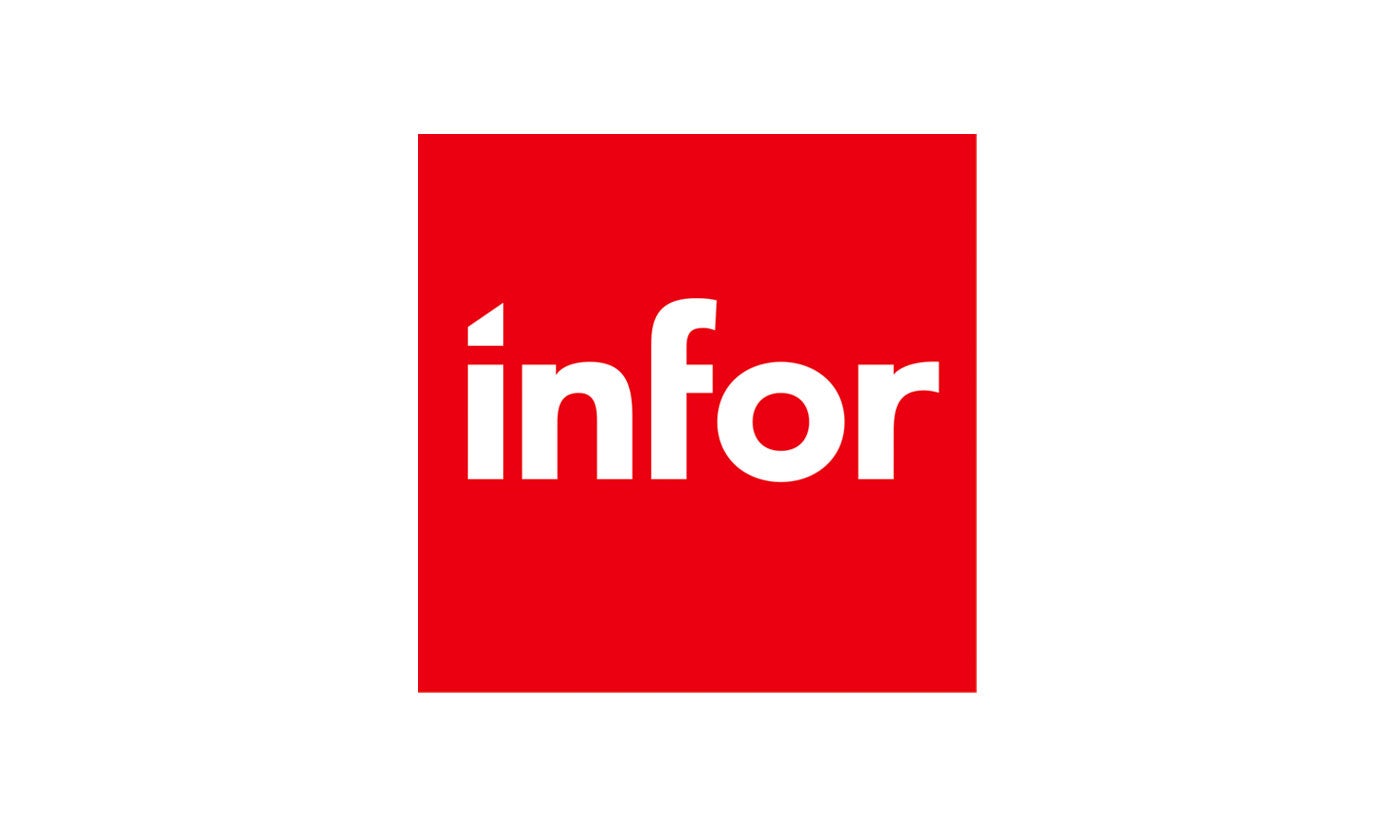
The combined power of iCIMS and Infor helps organizations strategically align their business and talent objectives.
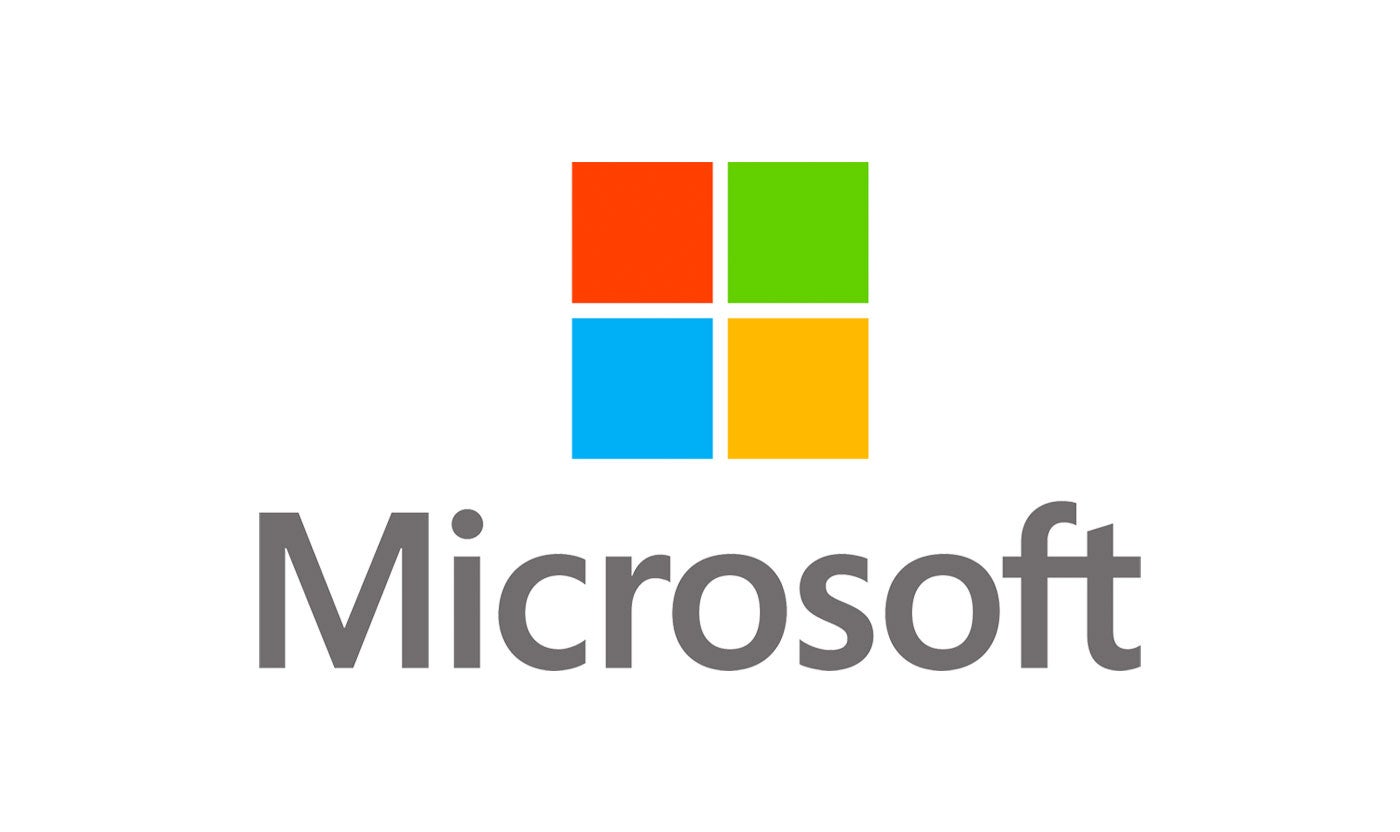
Our award-winning partnership with Microsoft is grounded in a shared desire to transform the workplace and the hiring team experience.
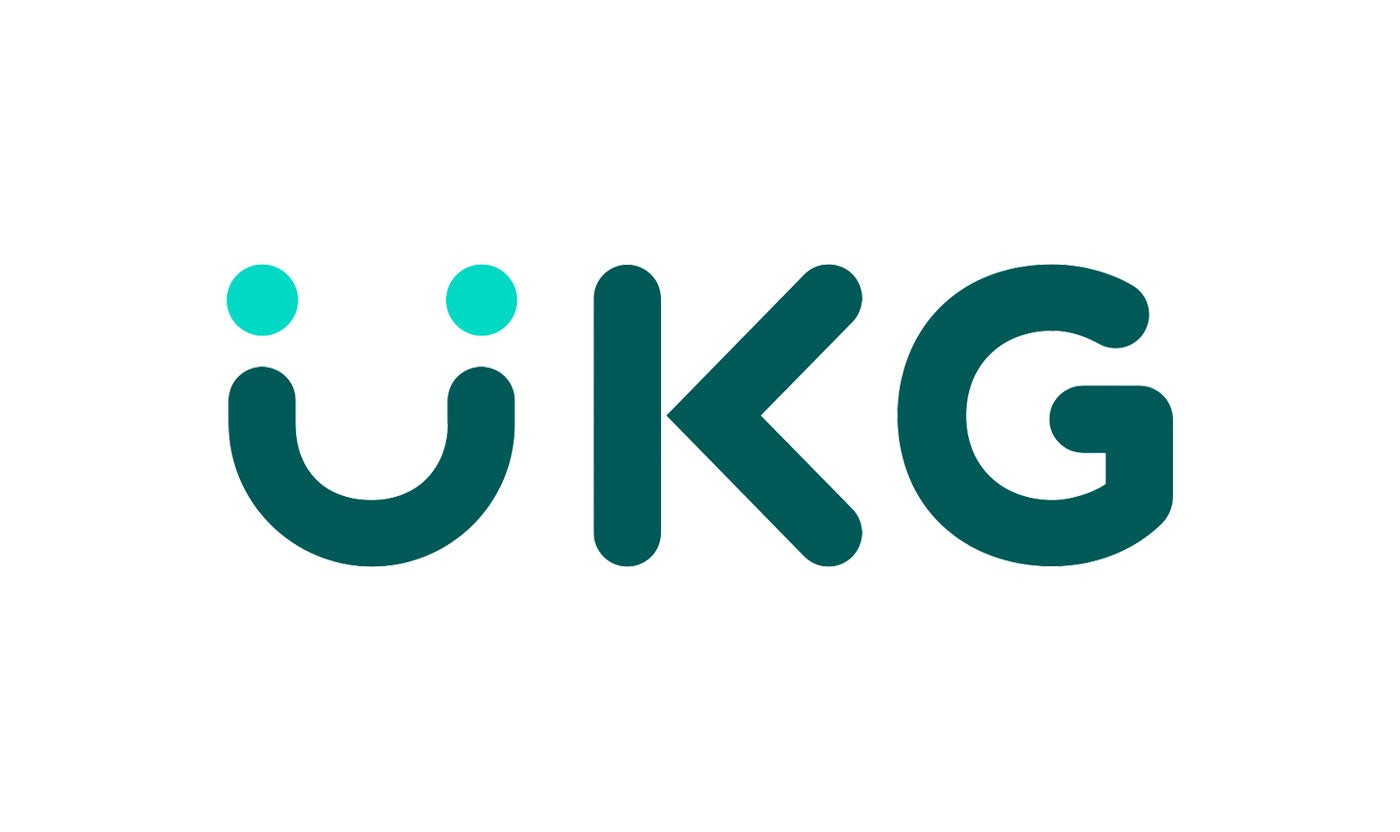
Our partnership with Ultimate Kronos Group (UKG) supports the entire talent lifecycle by bringing frictionless recruiting solutions to UKG Pro Onboarding.

If you work in HR or talent, you can probably recite recruiting KPIs by heart. Candidate source, time to hire, offer acceptance rate, etc.
You know these metrics like the back of your hand because they’re important – KPIs indicate progress toward an intended result. They help you and other company leaders identify whether you’re on track to meet business objectives and make decisions that lead to better outcomes.
So, if you’re only measuring candidate source, time to hire, and offer acceptance rate, how can you be sure your entire talent acquisition process is working efficiently to reach company goals?
Measure KPIs across the entire talent lifecycle to evaluate how you attract, engage, hire, and advance your talent.
Without a comprehensive view of your recruiting performance, you could miss opportunities to improve your talent acquisition strategies and achieve your goals.
Want a quick list of recruiting KPIs? Get our infographic, Measure KPIs to Get More Candidates.
Track this metric to determine if roadblocks on your career site deter candidates from getting their foot in the door. If you get a lot of visits but few conversions, you could add a mobile-friendly browsing experience, AI-powered job recommendations, and chatbots that allow candidates to ask questions.
Total # of applications with source as career site / total # of site visits
The actual job application is another common point of friction in the candidate experience. Job seekers want consumer-like experiences. If it takes too long to complete your application, candidates will find an easier option. For more insight, break down this KPI by device type or location.
Time started – time finished / # of complete applications
Using analytics dashboards in your ATS, calculate which recruitment marketing channels bring in the most candidates to focus your effort and budget on the channels with the most significant impact.
You can also measure your channels by total volume, break them down by talent pools, or filter them by hired candidates to tell a richer story using your talent data.
CPQA determines the total spend required to attract one quality applicant, so you can focus your strategy on the channels that attract the most quality candidates at the lowest average cost.
To measure, you’ll need to define what makes a “quality applicant.” Is it all candidates that make it past the phone screen or only those that receive a particular score in your ATS? Once you’ve created that definition, you can use this formula:
Measure: total $ spent / total # of quality applicants
This KPI helps you identify the channels that bring in the highest number of qualified applicants. For example, a third party job board may bring in the highest number of candidates overall, but LinkedIn may generate a higher percentage of qualified candidates.
Measure: # of qualified applicants from a specific source / total # of qualified applicants from all sources
Are you generating enough candidates per open job? Break down this metric by sourcer to identify team members that may need additional training or support to increase their submissions.
Measure: total # of submissions / total # of assigned jobs
How well do your text campaigns work to engage talent? Use this metric to evaluate your performance against a benchmark. If you receive a lot of initial texts but few applications, you may need to edit the language or flow of your text conversations.
Measure: total # of texts received / total # of applications from text promotions
Chatbots act as a 24/7 virtual recruiter. But it’s time to act if your chatbot isn’t turning conversations into quality applicants (and generating an ROI). Consider adding employee testimonial videos to your chatbot to showcase your culture and the skills required for relevant jobs.
Measure: total # of applicants per chatbot source / total # of candidates per chatbot source
Another critical channel, targeted emails to candidates in your talent pool should push job seekers to take action. Always include a link that candidates can click on, so you can track engagement rates.
Measure: total # of emails sent / the # of people who clicked
This metric reveals the percentage of candidates that have interacted with your brand in a certain period of time. While your CRM may contain thousands of candidates, some will have lost interest or accepted another offer. Calculate active candidates to more accurately estimate potential opportunities from your talent network.
Measure: # of candidates with activity in the last 3 months / total # of candidates in the talent network
Measure candidate satisfaction with a standardized survey about your recruitment process. Determine your net promotor score with a satisfaction survey with a ranking of 1-10.
Make survey answers searchable and reportable in your applicant tracking system for more actionable data.
Want a quick list of recruiting KPIs that help you attract and engage talent? Get our infographic, Measure KPIs to Get More Candidates.
This metric helps identify how quickly your organization can move a candidate through the hiring process. Without an understanding of this KPI, it can be challenging to forecast against your hiring goals and set expectations with candidates in your pipeline.
Measure from the day the candidate’s profile is created to the day the candidate is hired for a job
Time to fill takes a look at your whole recruitment process by measuring the time between when a job is posted and a candidate is hired. Identify time to fill slowdowns to help your organization’s talent acquisition team become more cost-efficient and turn the HR department into a value generator.
Measure from the day the job is created until the day a candidate is hired for the job.
How likely is a candidate to accept an offer? With this recruiting KPI, you can find out. If your offer acceptance rate is below your benchmark, consider re-examining your compensation packages, time to hire, or offer letter management software.
Measure: the # of accepted job offers / the total # of job offers given within a period of time
This metric can help talent leaders identify the average number of interviews required to make a hiring decision for a specific role. Let’s say you have an opening for a Front Desk Administrator and three quality candidates. Each one requires three interviews, for a total of nine interviews, but you only hire one person to fill the role.
Knowing how this benchmark changes for different types of roles can also help recruiting teams create a more efficient process and support hiring managers.
Measure: total # of interviews for the position / # of hires for the position
Once you extend an offer, how long does it take for candidates to accept? Too much time spent negotiating can indicate that benefits or working conditions weren’t clear throughout the hiring process. An average of this measure by position can also help leaders better allocate TA team resources for hiring specialized roles.
Measure: total # of days between offer made and offer accepted / total # of hires
Employee turnover is not necessarily a negative. Sometimes team members don’t meet expectations, and it’s better that they exit the business. Use this metric to identify whether turnover is happening among your top performers, which could indicate a greater need for internal advancement opportunities.
Measure: top performer turnover / total turnover
A career path ratio highlights the ratio of vertical promotions compared to lateral moves. If your ratio is too high compared to your benchmark, that could indicate that your company is handing out too many promotions.
If your ratio is low, and the only internal mobility is due to transfers, that could indicate “talent hoarding”. This happens when managers discourage promotions because they want to keep top talent on their teams.
Measure: total promotions / (total promotions + total transfers)
Recruiting KPIs should go beyond recruiter performance or hiring metrics to influence strategic decisions that attract, engage, hire, and advance the right talent. What KPIs do you track?
Get a quick list of recruiting KPIs with our infographic, Measure KPIs to Get More Candidates.




